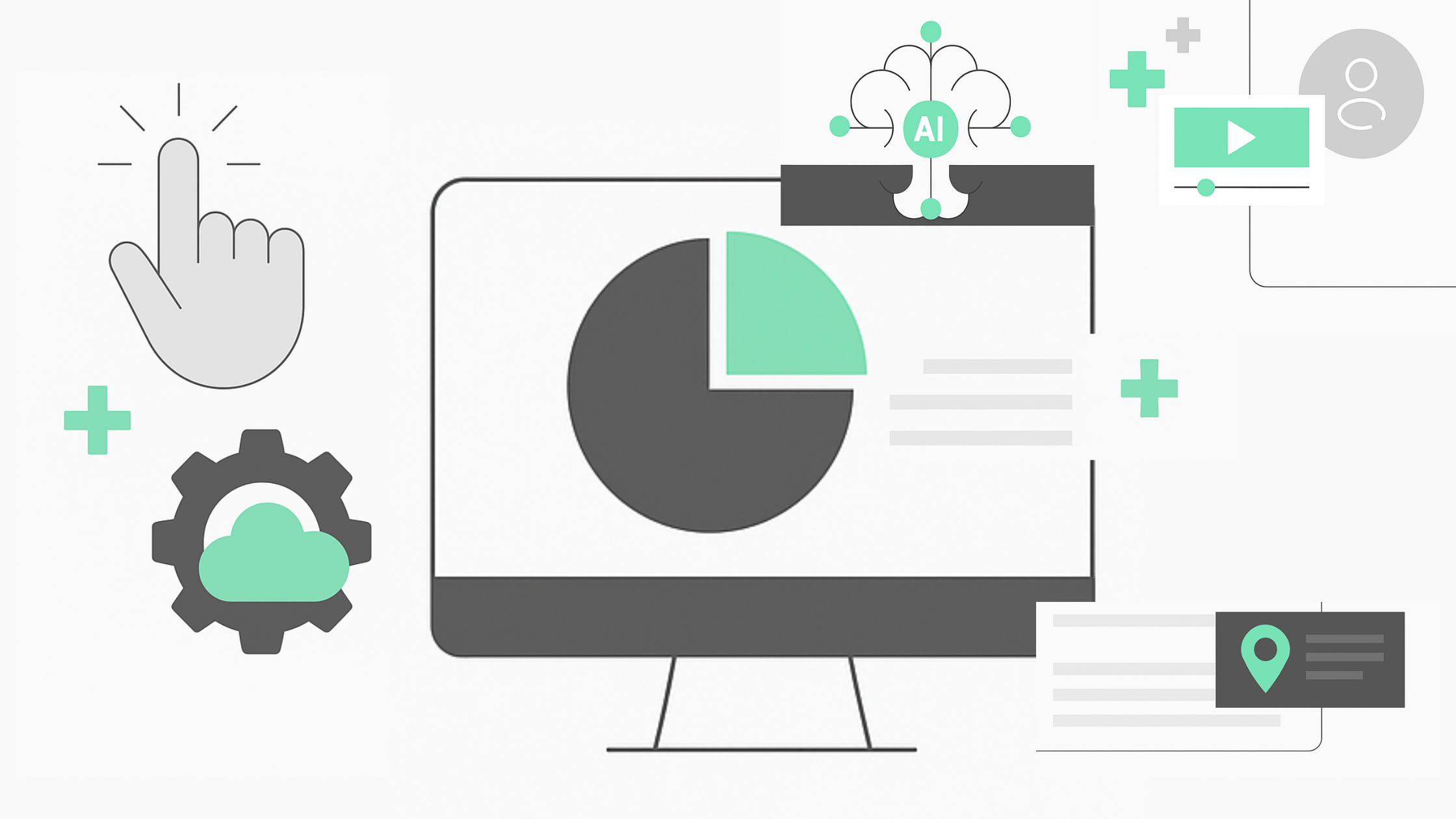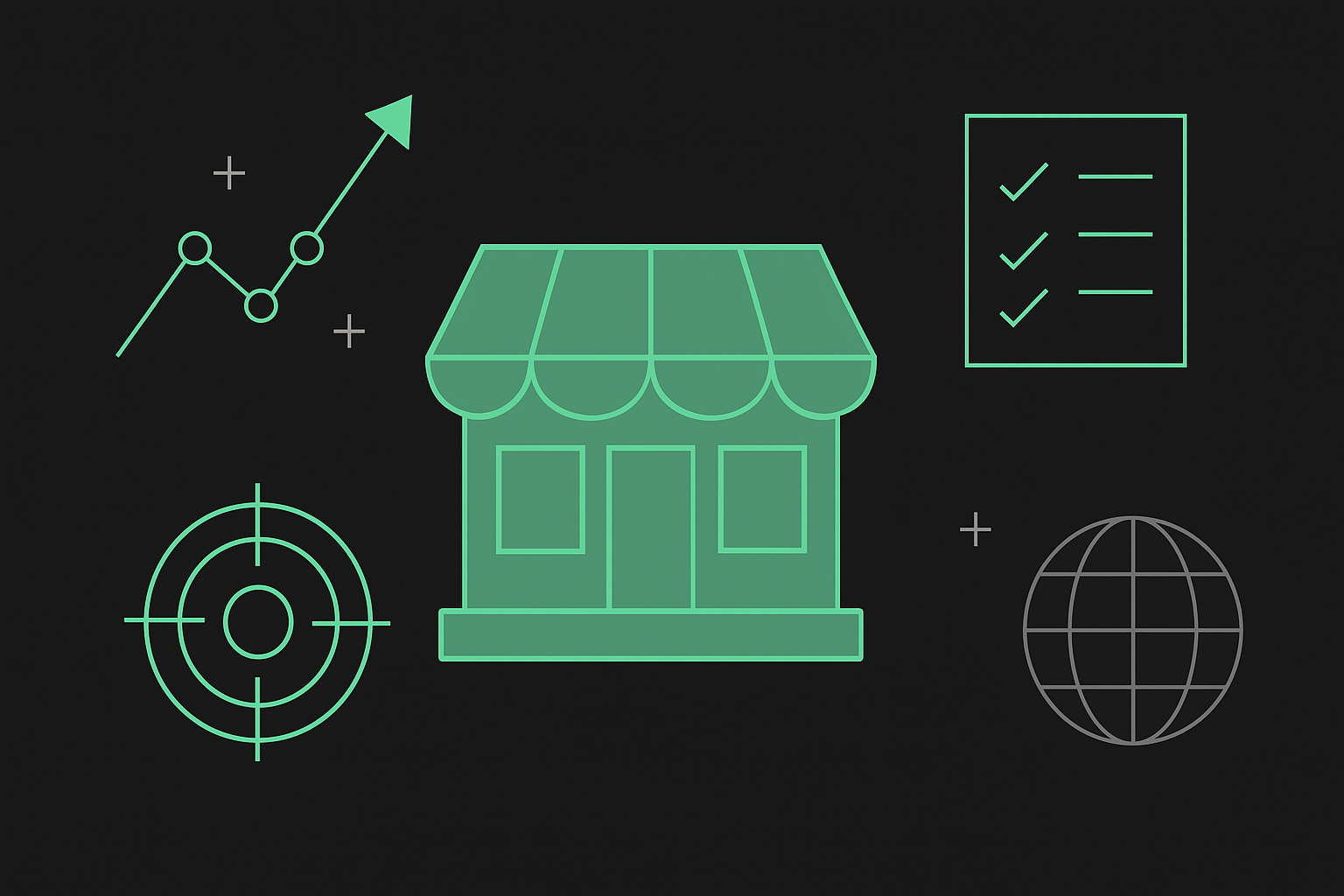E-commerce Business Blueprint: How to Build, Launch, & Grow a Profitable Online Store
E-commerce was historically considered a futuristic concept, but with the growing demand for convenience, instant gratification, and remote options, it's more apparent than ever what the benefits of e-commerce mean for both businesses and customers.
Through the Covid-19 pandemic, many e-commerce businesses have seen significant revenue increases. For example, in 2020, Amazon's annual revenue was up 84%, with $386 billion in sales - a yearly increase of over $100 billion.
Many businesses are recognizing how the shift from traditional recognize how the shift from traditional buying and selling to online shopping impacts buying and selling to online shopping is impacting their business growth. In this case study, we'll explore the facets of e-commerce, identify significant growth trends defining the industry, and highlight key steps to help get you started building your online store.
- What is E-commerce?
- A Step-by-Step Guide to Building an Online Store from Scratch
- Growth Trends to Improve Your E-commerce Business
What is E-commerce?
When the internet became public in 1991, online shopping was born. With Electronic Data Interchange (EDI) and teleshopping paving the way for modern-day e-commerce, thousands of businesses have since adopted the convenient, safe, and seamless user experience of e-commerce to create and sell products online.
So, what is e-commerce? E-commerce or "Electronic Commerce" is the trade of data, or the buying and selling goods and services, over an electronic network like the internet.
Depending on the business type, e-commerce transactions can occur either as Business-to-Business (B2B), Business-to-Consumer (B2C), Consumer-to-Business (C2B), or Consumer-to-Consumer (C2C). There is a fifth type, Business-to-Government (B2G), but it is generally considered a form of B2B.
Typically, an e-commerce transaction begins when a customer or business orders an item or service on the hosting e-commerce website. This order is processed through back-and-forth communications between the consumer and the host on the website. During this process, a third-party platform is integrated to handle payment, after which information circles back to the host to confirm inventory and customer payment.
More and more companies are going digital by building online products because they recognize the significant benefits:
Spend Less, Make More - There are considerable expenses with a brick-and-mortar store that don’t apply to e-commerce. Saving money on labor, utilities, etc. means less overhead and more profit opportunities.
Flexibility and Speed - The efficacy of internet trade has made buying and selling more efficient for businesses in terms of speed and flexibility. For companies to maximize this advantage, order transactions can be processed 24/7.
Product Catalog - The internet has made it easy for businesses to display all their products in one place. This way, customers are made aware of new products or ongoing sales for existing aware of new products or ongoing sales for existing ones.
Broader Customer Base - E-commerce businesses can reach a wider audience and market to customers miles away without being limited to physical and geographical restrictions; without being limited to a physical store, businesses can reach a wider audience and market to customers miles away.
Customer Management - Managing many customers in a physical store can be challenging. Based on this, e-commerce allows businesses to access customer data and insights by tracking customer activities on their websites. This way, companies can create a more personalized customer experience and improve targeted marketing.
A Step-by-Step Guide to Building an Online Store from Scratch
Setting up an e-commerce business can be daunting, but it helps to know where to begin. Here are six steps to guide the creation of your online store:
1. Define your business structure: What products do you intend to sell? Establish your target market, and examine how your product would meet their needs. We often see companies creating products without honing in on their niche or fully understanding what it takes to operate in that industry. Adequate consumer market research is key in determining what products to sell and how to structure your business model to attract the target audience.
2. Conduct competitor research: It's not enough to know what to build; it’s also important to know what the competition is doing. Researching the competition does not necessarily lead to doing what they do, but it does help monitor what is trendy in the market. Research also allows you to identify marketing mishaps and learn how to avoid them.
3. Design your website: Setting up an online store begins with choosing the right e-commerce platform. With the right e-commerce software, companies enjoy easy access to customer support and web hosting, among other usability benefits. Designing a no-code website on these e-commerce platforms is one of the quickest ways to get your business up and running online.
4. Utilize Search Engine Optimization (SEO): Your customers must find you because no matter how great a product is, it's not profitable if no one uses it. That said, optimizing your website with SEO practices to improve customer engagement can increase return rates from existing customers and turn website visitors into paying customers.
5. Prepare to launch your business: Choosing a custom domain and installing relevant sales channels are the first steps to getting your store ready for launch.
6. Assess and adjust post-launch: The bulk of the work is done now that your store is live, but it doesn't end there. Picking the right marketing strategy for your product might be tricky at first. It’s prudent to build marketing strategies based on analytics, tracking, and reporting web activity.
Growth Trends to Improve Your E-commerce Business
According to Statistica, online shopping revenue is set to exceed $1.3 trillion in 2025. With platforms like Webflow introducing customer segmentation to personalize their experience, more and more businesses are using industry trends to scale their business digitally.
If you own an e-commerce store, now is the time to optimize your business using target market growth trends to improve customer engagement. Some of these trends include:
Building a solid brand - Investing in your brand aesthetic is never bad; a website design theme is essential in determining how your audience sees you. When browsing online, most consumers already have a brand in mind. Defining and improving your brand is crucial to earning a place in the minds of those customers. As your business grows, so does your brand identity. Maintaining a strong brand is essential for increasing conversion rates and retaining existing customers.
Increasing productivity with automation - Among the most talked-about e-commerce trends is using AI or machine learning to minimize human intervention. A good indicator of this trend is the funding. For example, Rasa, a conversational AI tool, has recently received its fourth round of funding, totaling around $40 million. Machine learning helps businesses create a personalized customer experience by analyzing the customer's buying history. Through data capture and analysis, you can also identify fraudulent or high-risk orders from your store.
Diversifying marketing and sales channels - Investing in tried-and-true channels increases your business' chances of reaching a broader market, but exploring new sales channels has perks. For example, voice shopping allows consumers to shop while cooking, driving, or multitasking. This easy-to-use method is activated with a voice assistant programmed by the consumer's voice.
Highlighting your values - Every brand has a story and a history that differentiates it from competitors. Spotlighting your story fuels your brand identity and helps your customers feel more connected to you. Companies leverage brand-driven storytelling to form a connection with their audience because consumers are most likely to buy from a company with shared values.
If you're considering starting your online store or contemplating whether or not expanding internationally is right for your e-commerce business, then you've already taken the first step to growing your business digitally. The next step might require a little guidance - this is where we come in.
Outliant is a culturally diverse team of creators and Webflow Experts building fully custom e-commerce sites. Our services span Web Development, Cloud Services, UI/UX Design, Data Engineering, Mobile Development, Automation, Analytics, and more.
Do you have a project in mind? Send us a message, and let us help you get started.










